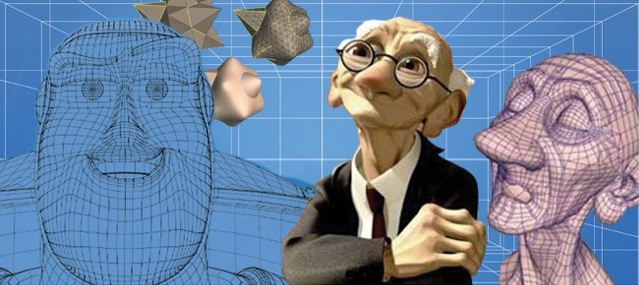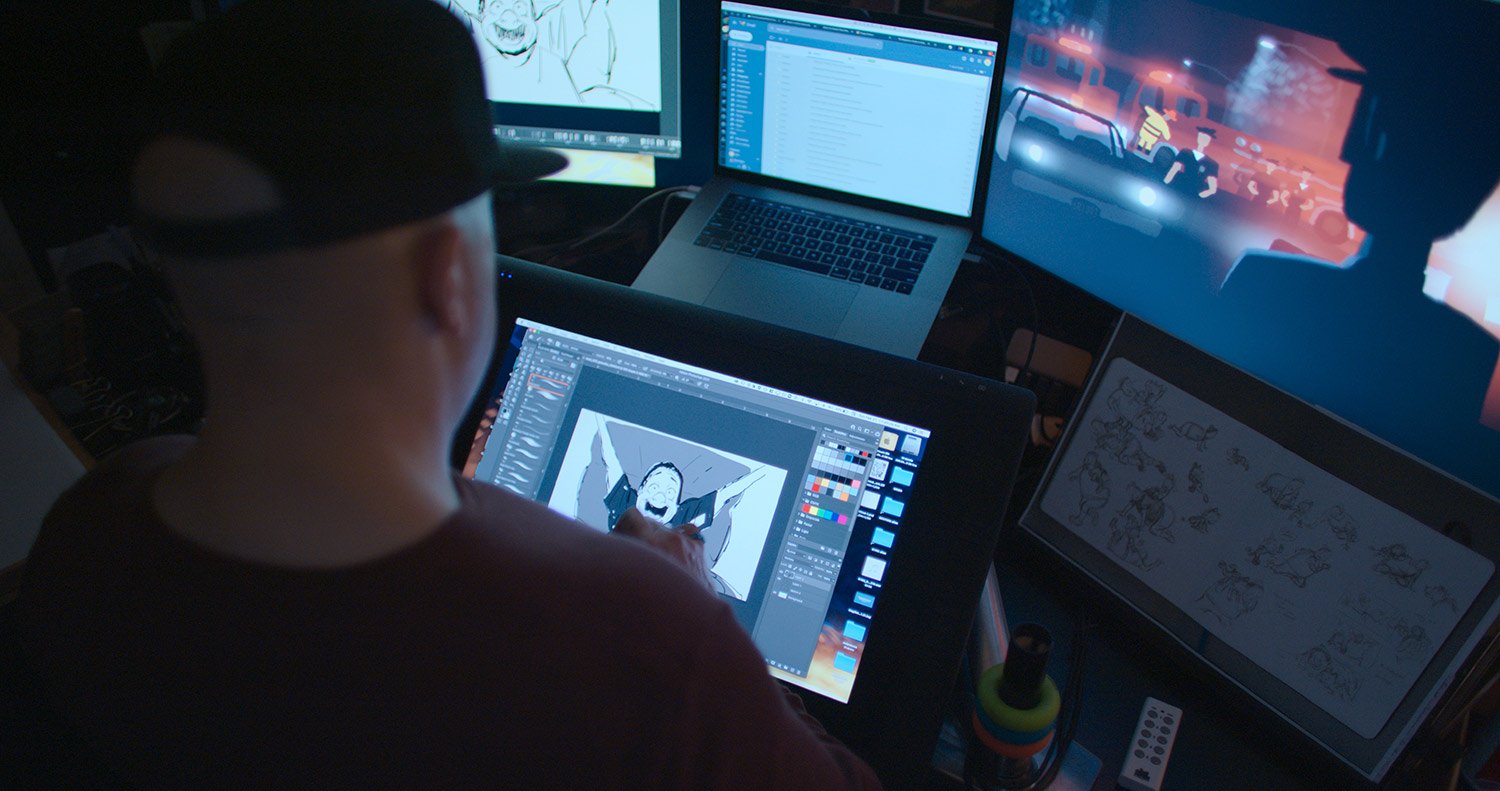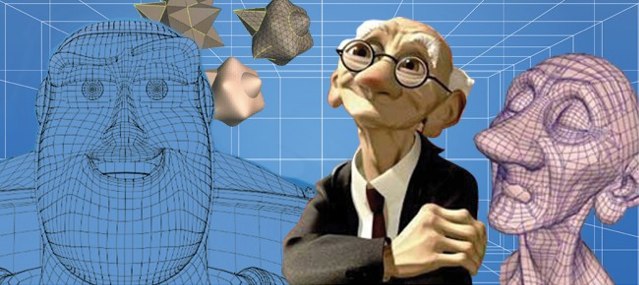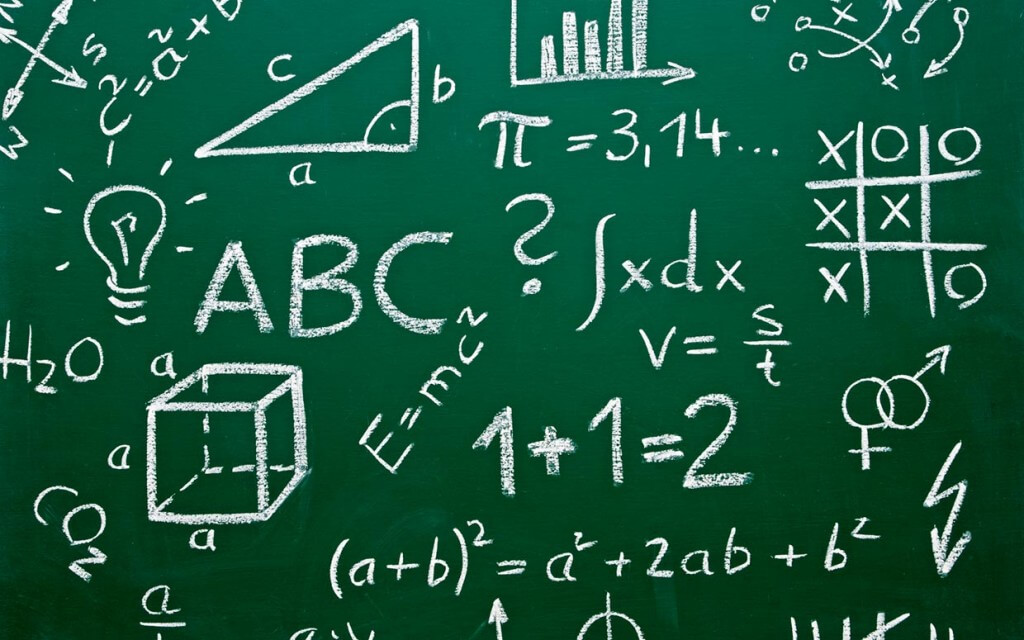Long Beach Bixby Knolls
4450 California Place
Long Beach, CA 90807

Statistics and geometry are key skills in a variety of careers that students may not immediately associate with mathematics.
Education Week(EdW) spoke with an animator, a health researcher, and a data journalist about how they use math in their daily work and how schools can better prepare and engage students for non-traditional math careers.
Pixar computer animator, Co-Founder, X in a Box online education

The modern computer-animation tools that animator and artists use require visual skills, but to build those tools is very technical. YOu have to have an intimate understanding of geometry and linear algebra. Writing computer-graphics programs from scratch really requires you to understand coordinate systems and rotation. For anybody that's interested in wirting video games or doing computer arts, geometry and telemetry [collecting and measuring data from remote sources or instruments] are the natural tools you need to create those kinds of projects.
My science teacher in 7th grade was really remarkable; he was giving me enrichment material in trigonometry, geometry, in 7th grade. He really went above and beyond. I first got exposed to computer science when I went to community college just after high school, back in the mid-’70s. I immediately fell in love with computer science and shortly thereafter fell in love with what were then extremely rudimentary computer graphics.
I think generally, students graduating don’t have any idea how what they’ve learned in school is used, so much of what they learn just seems irrelevant. I’m a big fan of project-based learning ... because it mimics the real world. Hardly anything gets done on your own; you’re always working in teams, and whatever you’re working on is almost always interdisciplinary. It’s not just solving linear equations; there may be linear equations to solve, but it’s in the context of designing a Mars lander that won’t crash.
For further reading, click here

Data Reporter, The Marshall Project

I work as a data journalist [at the Marshall Project, a nonprofit investigative news group], and I often will calculate summary statistics or descriptive statistics across the data set to understand the center of a particular data point. I will use simple statistics like a correlation coefficient as just a basic initial test of two characteristics of a person or a city or whatever in my data sets, to see if there’s any signal that they might be correlated and whether I want to report that further based on talking to people or by using a more sophisticated statistical method. In rare cases where it’s warranted, I’ll use something like linear regression [a statistical method to analyze the relationship between two variables] or logistic regression [a statistical model to estimate the likelihood of an event based on a set of independent variables] to be able to quantify how much a dynamic is driven by a particular variable in the data set.
And of course, I feel like we all use a ton of statistics in our work in ways that we don’t even think about. When I record an interview, I use some kind of transcription program that uses statistics under the hood, calculating the probabilities that a certain sound is a certain word in a particular language. I think it’s important to keep in mind that we’re all—whether we’re calculating the statistics ourselves or using a programming language like Python or R to calculate the statistics we are using—most of us are probably using statistics in our work under the hood, and that’s especially the case with generative AI as ChatGPT becomes a part of more and more industries.
I definitely was exposed to some basic descriptive statistics, but it was sort of sprinkled in with other courses in K-12. I’m sure at some point we learned about probability and I’m almost certain we learned about measures of center, but for the more formal stuff, I think the first time I took a course that was labeled “statistics” was as an undergrad. If I had been able to choose, I think in both my work and even in other kinds of academic work that would’ve interested me, statistics would’ve been a lot more useful as a background than calculus. But going to engineering school as an undergrad, I didn’t have that choice.
Even if I would’ve had a statistics class in K-12, I think in a lot of especially introductory statistics classes, when you’re working with data, it’s a contrived data set, and it’s one where you don’t really think about where the numbers are coming from, what is being counted, what’s not being counted, why that was the subject chosen to collect data from which you can calculate statistics. I’m not sure to what degree that’s part of K-12 statistics curriculum in science or math, but I know that some university journalism educators have exercises around having students build data sets either about things that interest them in their communities or even just very personal things about their daily habits. And I think that’s just both a really engaging way to think about statistics and also to get that there’s a lot of complexity and a lot of nuance to even get the numbers from which you calculate.
For further reading, click here

Source: https://www.edweek.org/teaching-learning/q-a-when-am-i-going-to-use-this-math-in-real-life/2023/07
